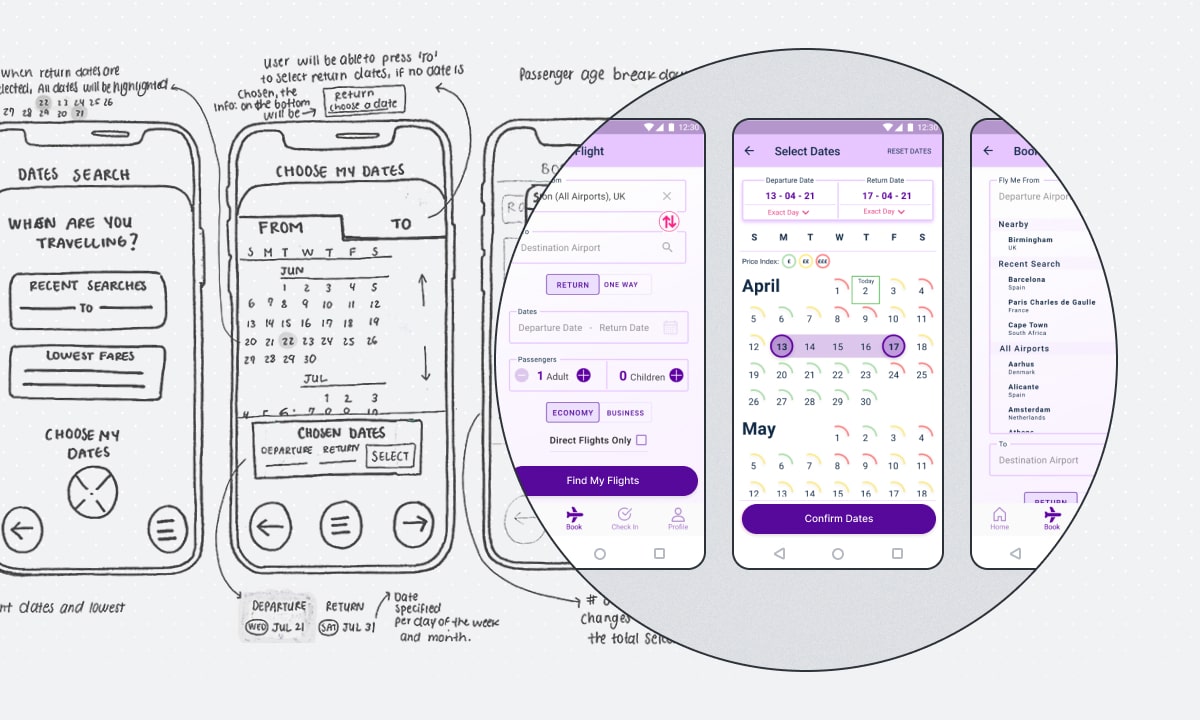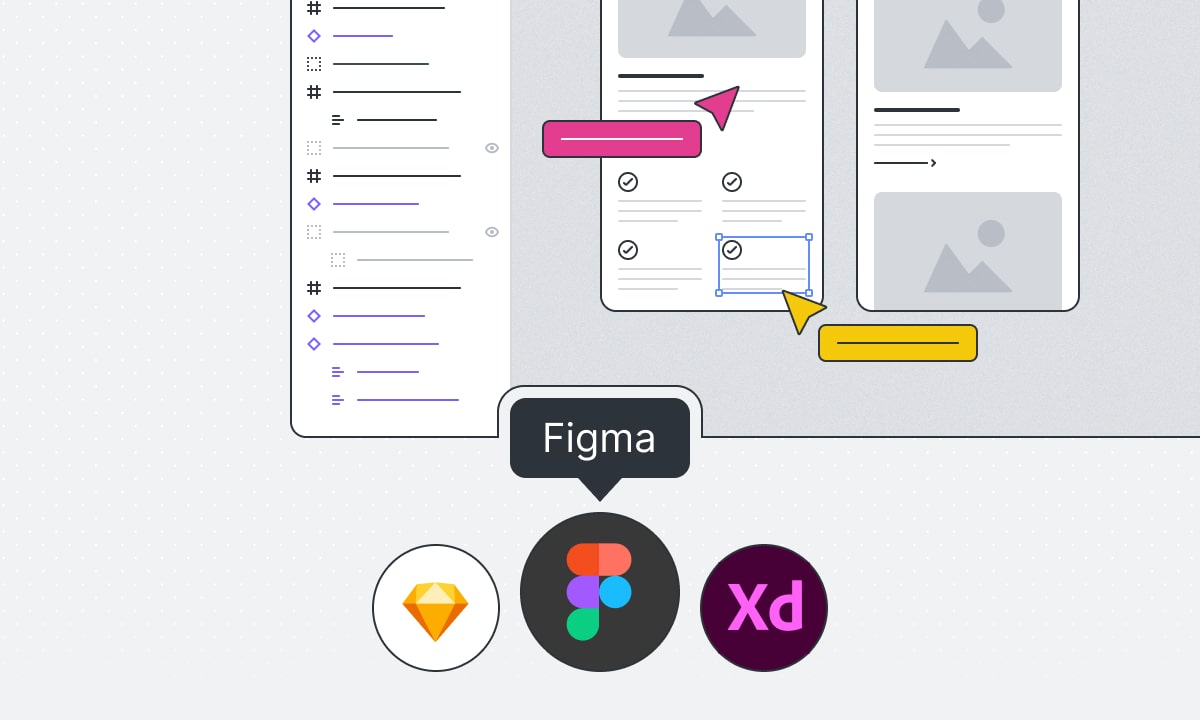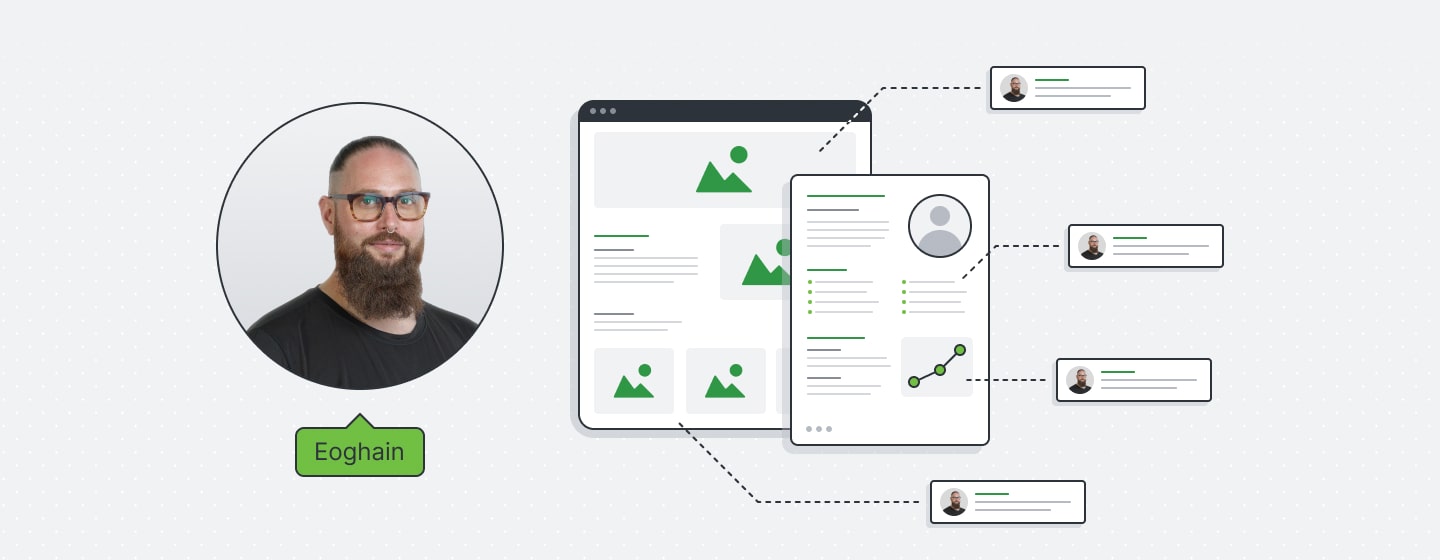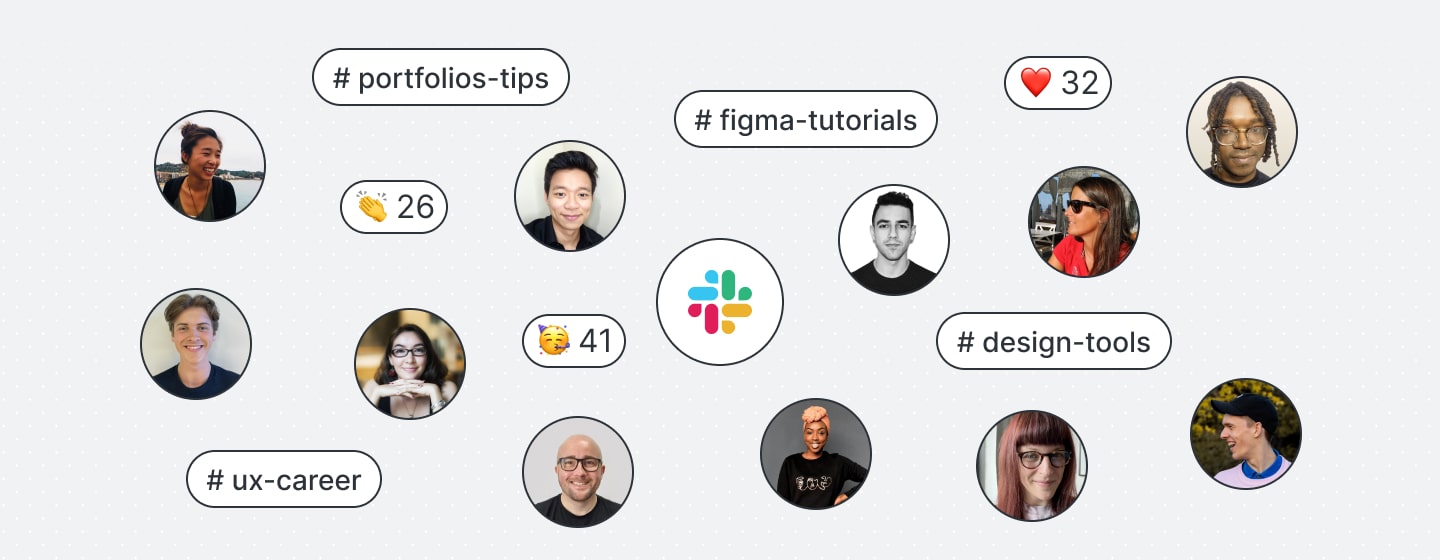79% of graduates from our Professional Diploma in UX Design get jobs in UX*
Education for every phase of your UX career
Professional Diplomas
UX Design
Learn the full user experience (UX) process from research to interaction design to prototyping.
Product DesignBundle and save
Combine the UX Diploma with the UI Certificate to pursue a career as a product designer.
Professional Certificates
User ResearchNew
Learn how to plan, execute, analyse and communicate user research effectively.
Content Design
Learn the principles of content design, from mastering tone and style, to writing for interfaces.
UI Design
Understand the fundamentals of UI elements and design systems, as well as the role of UI in UX.





































